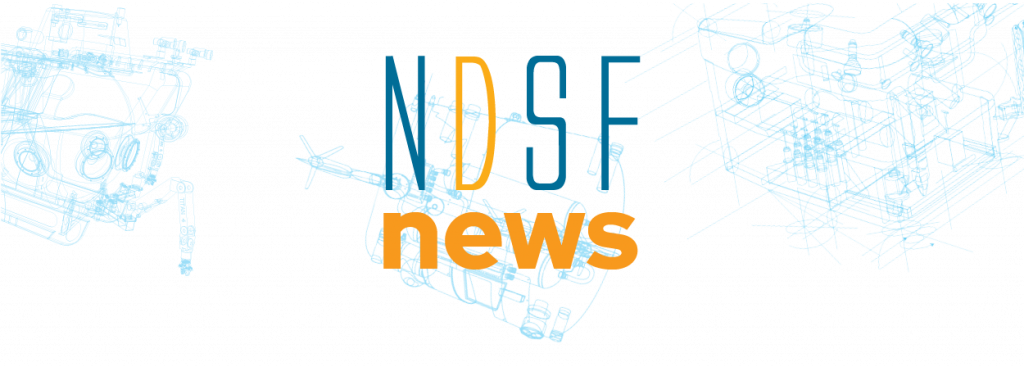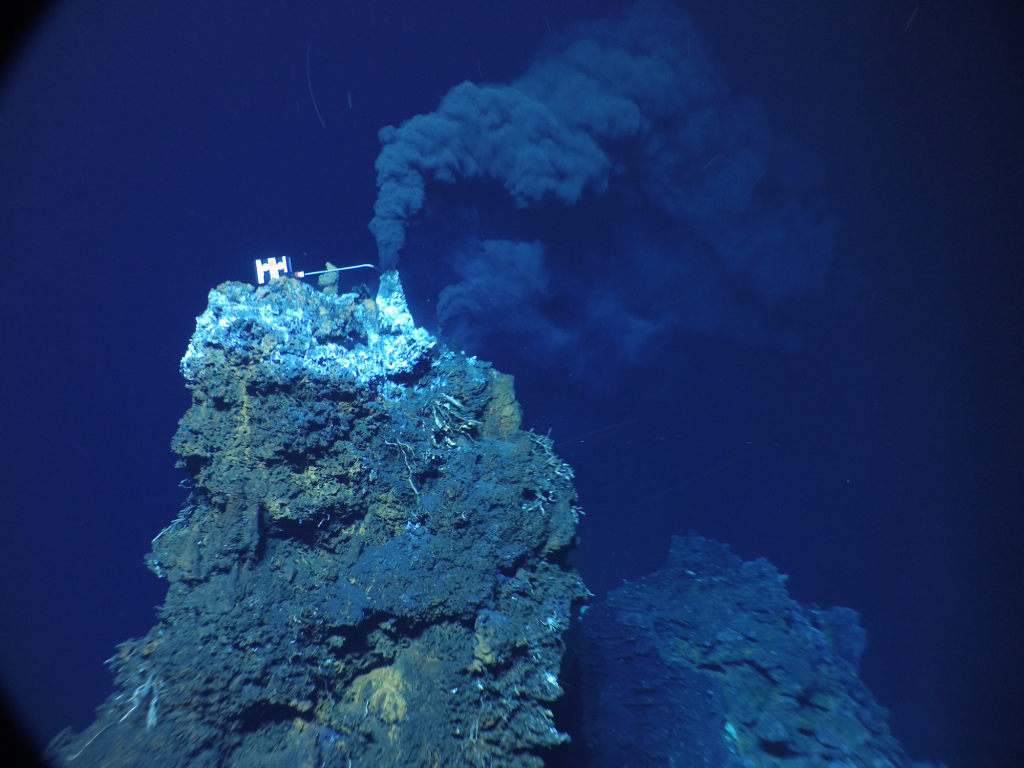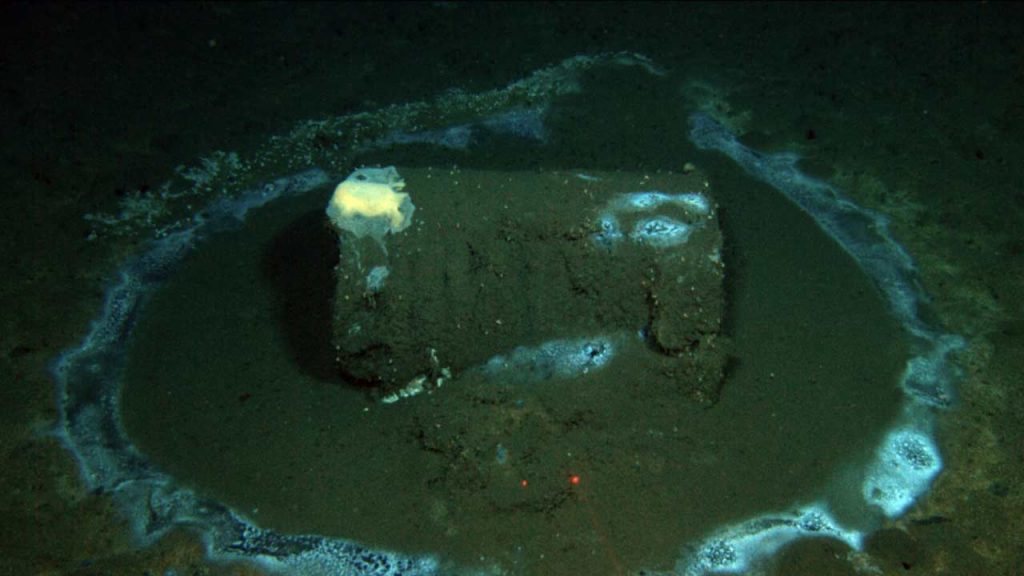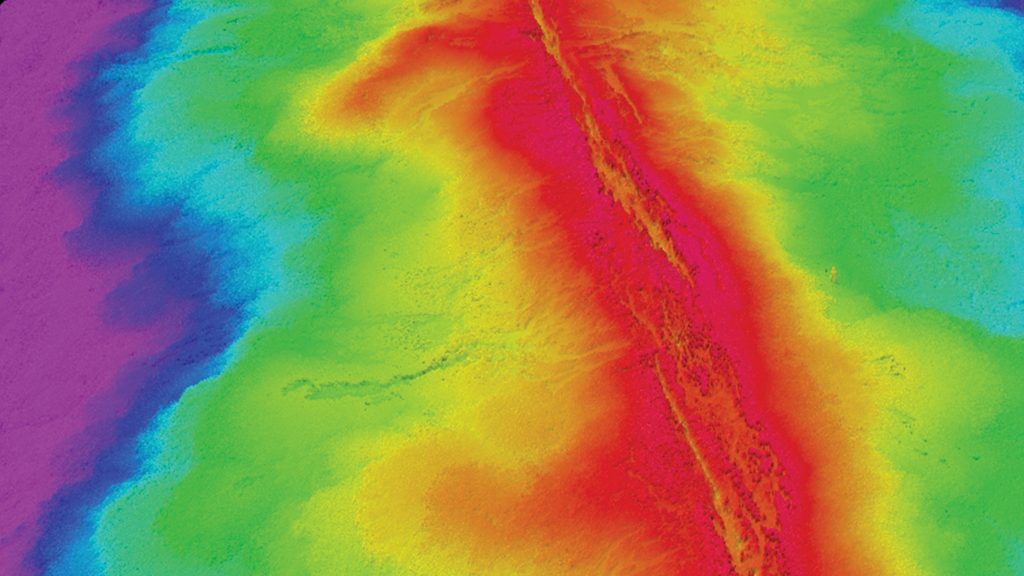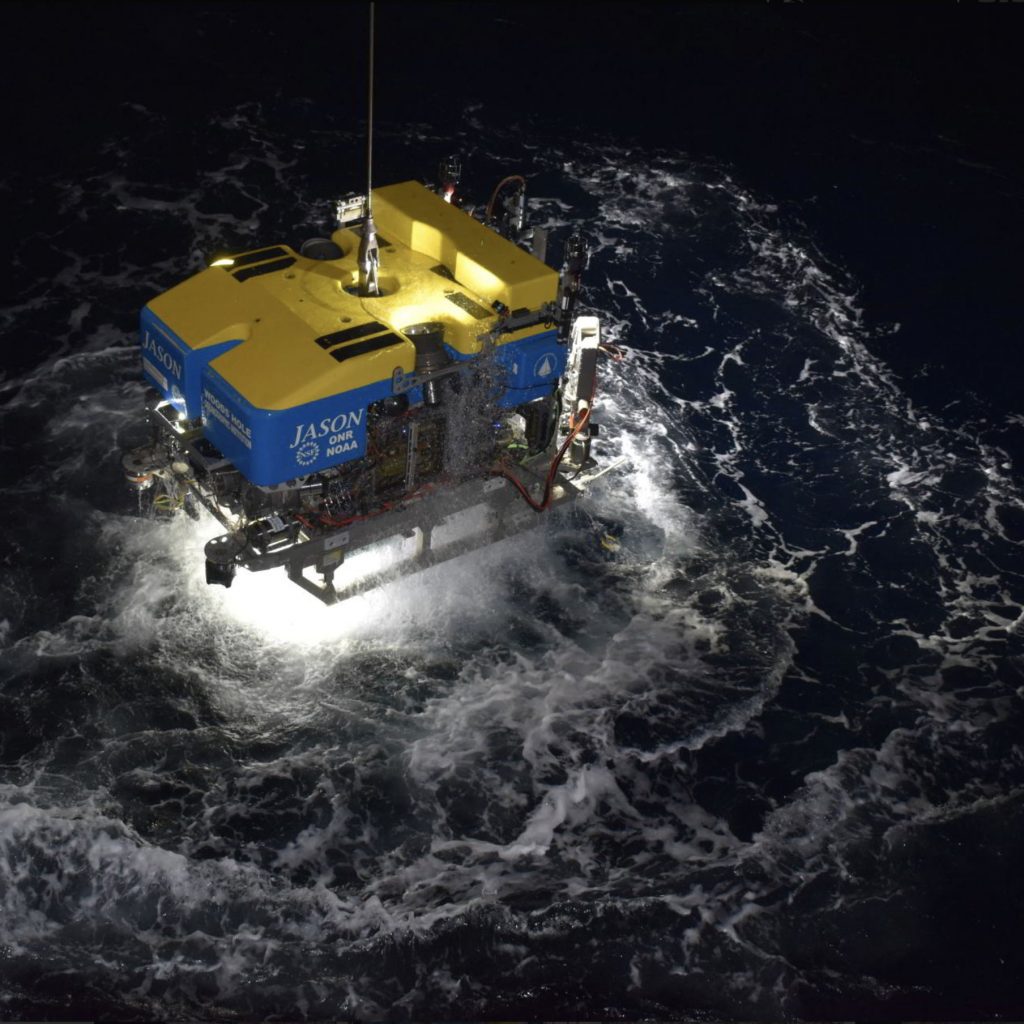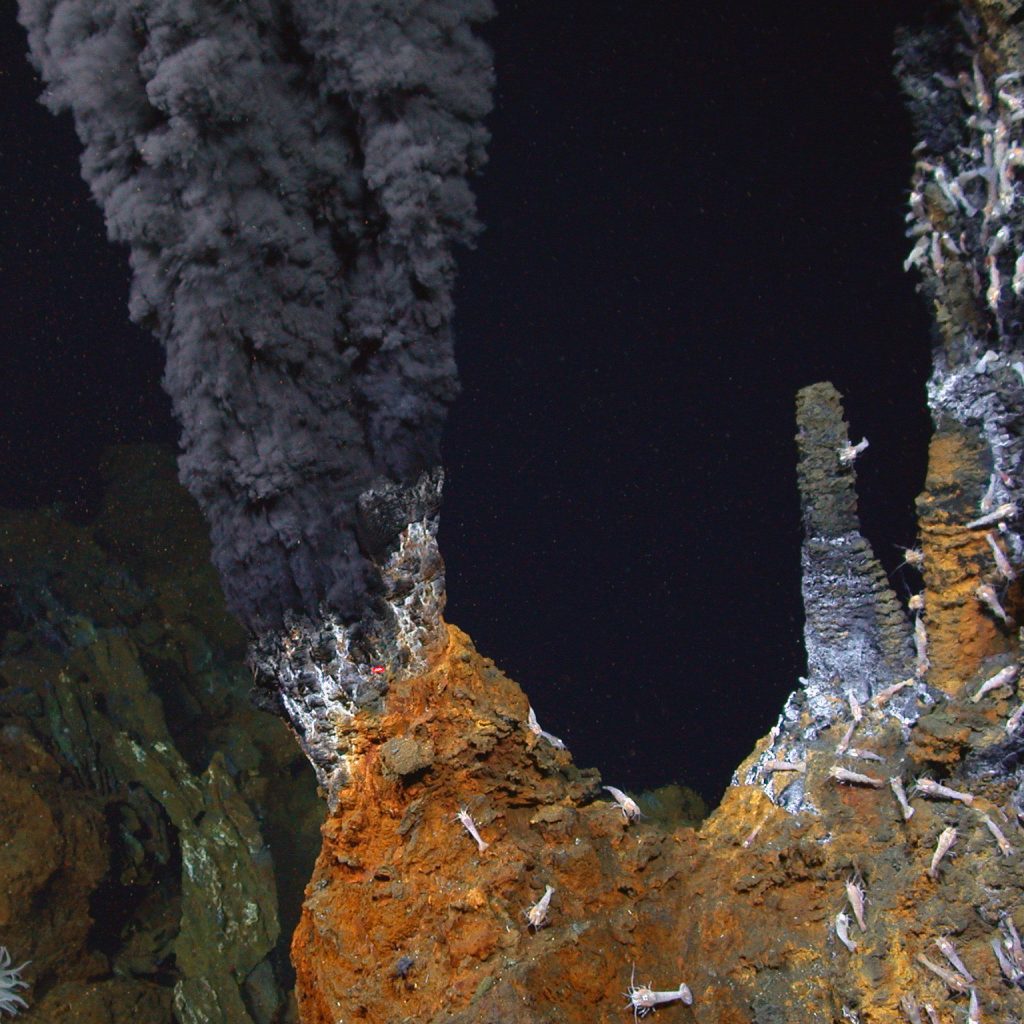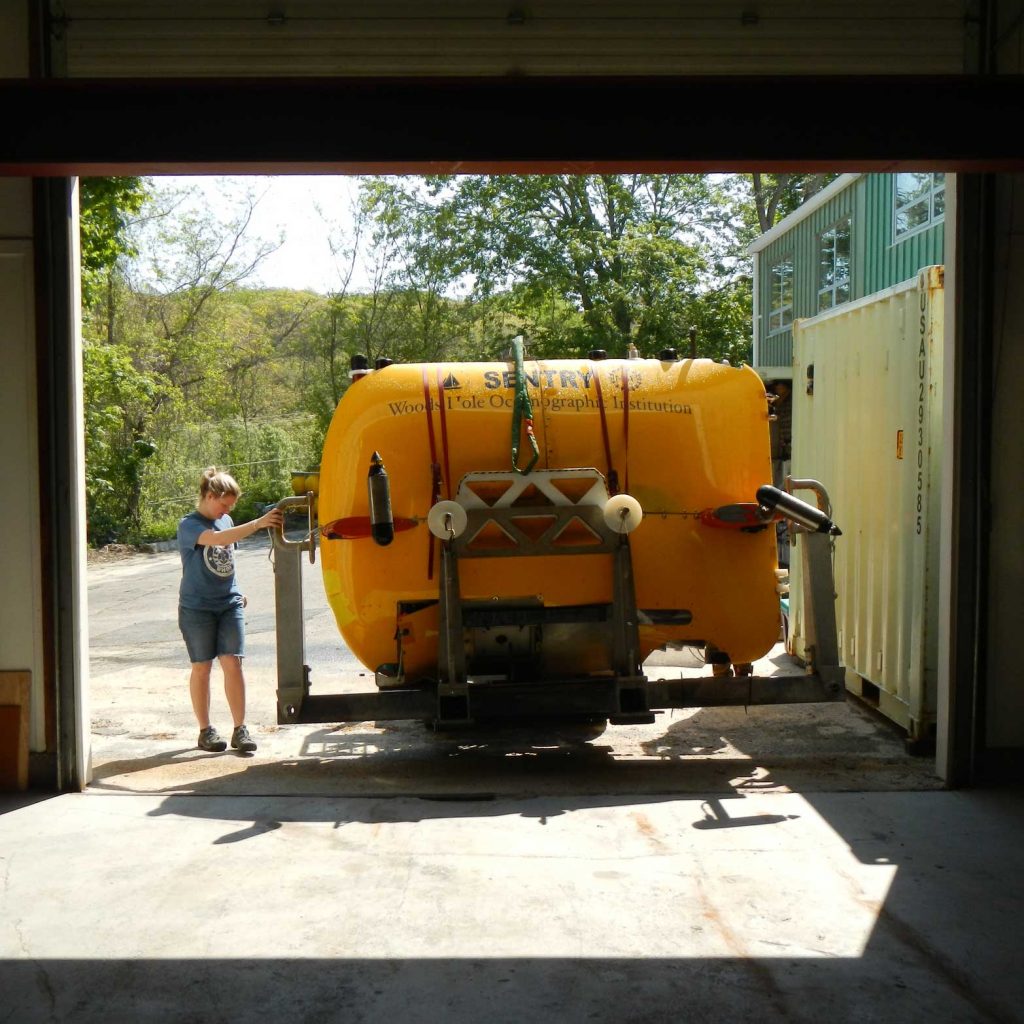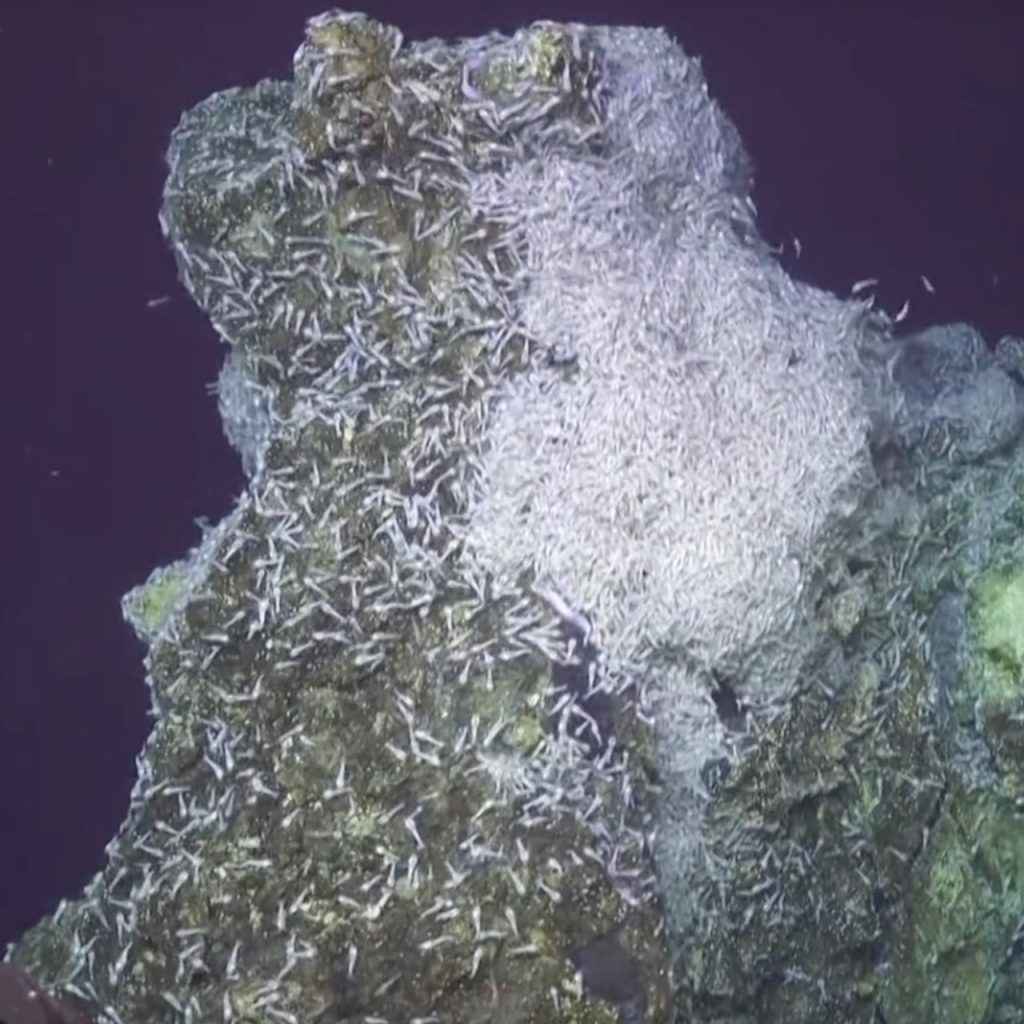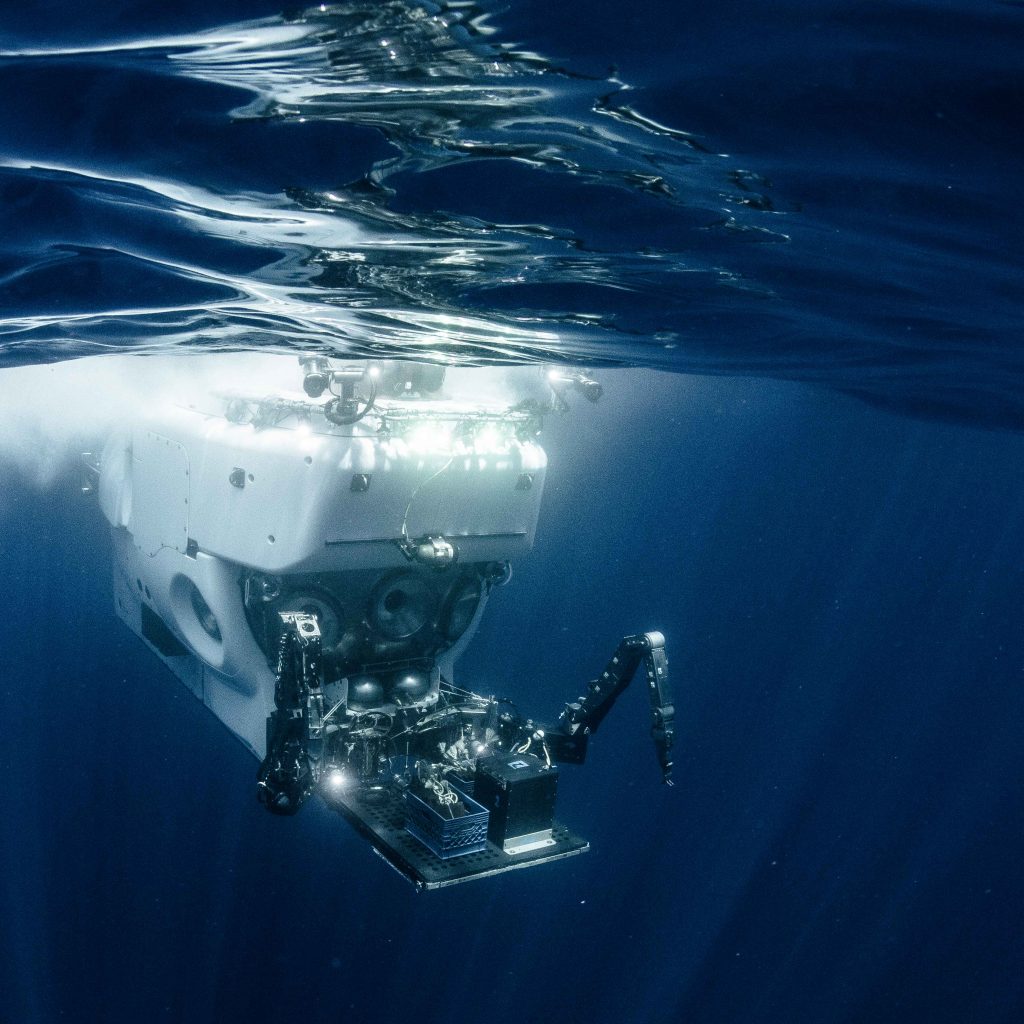ROV Jason
Launching NDSF News
NDSF has a new quarterly newsletter for the deep-submergence community to share regular updates about the Facility’s people, projects, and vehicles. We’ll feature updates from the Alvin, Jason and Sentry Teams, as well as news articles, original stories, expedition photos (we’d love to include yours!), and more. Read Summer 2021 and Fall 2021. Subscribe here.
Read MoreJason samples vents at the East Pacific Rise
A multi-disciplinary, multi-institutional team traveled to the East Pacific Rise at 9°50’N in April 2021 to better understand the geophysical, chemical and biological connections at the hydrothermal vent fields there in advance of a seafloor eruption expected to occur in the near future. The remotely operated vehicle (ROV) Jason carried instruments and experiments to the…
Read MoreNew York Times: 25,000 Barrels Possibly Laced With DDT Are Found Off California Coast
Images, samples, and sidescan of several corroded barrels on the sea floor off the coast of California captured by ROV Jason and AUV Sentry in 2011 helped UC Santa Barbara scientist David Valentine uncover a massive and largely forgotten chemical waste dump on the seafloor near Los Angeles. Read the whole story in the New York Times.
Read MoreOceanus Magazine: Racing an undersea volcano
Scientists hurry to map the seafloor with Sentry before the next volcanic eruption on the East Pacific Rise.
Read MoreUnderway: VISIONS’20 Expedition. Watch Jason at work on the sea floor.
ROV Jason is at sea on the R/V Thompson for a 30-day maintenance cruise to service the Regional Cabled Array. From University of Washington’s Interactive Oceans: Jason will again be diving to depths as great as 9500 ft beneath the oceans’ surface, on the highly active summit of Axial Seamount where underwater hot springs covered…
Read MoreSciTechDaily: Hydrothermal fluid from Picard Vents leads to discovery that transforms understanding of hydrogen depletion at the seafloor
Using samples collected by ROV Jason II and Nereus, Scientists analyzing hydrothermal fluid from Piccard vents at Mid-Cayman Rise found “non-biological processes deplete hydrogen that was thought to be readily available to subseafloor microbial communities; discovery could impact global hydrogen budget.” Read the article here.
Read MoreTaking the long way home
Getting Jason and Sentry back to Woods Hole in the face of cancelled expeditions, closed ports, and tropical cyclones
Read MoreCOVID-19 information for NDSF user community
Following guidance from UNOLS and our host site Woods Hole Oceanographic Institution (WHOI), the National Deep Submergence Facility is monitoring the situation related to COVID-19 closely and taking appropriate actions to keep our team and users safe. We are in the process of bringing all vehicles back to their home port in Woods Hole, Massachusetts.…
Read MoreMashable: Watch an earthquake startle a swam of deep-sea shrimp
A video captured by ROV Jason earlier this month shows the reaction of deep-sea shrimp when a 4.7 earthquake struck 100 miles away. Watch the video footage at Woods Hole Oceanographic Institution and read the Mashable story.
Read MoreVineyard Current: Andy Bowen on the past and future of deep sea exploration
Listen as NDSF Director Andy Bowen reflects on deep sea exploration and the challenges of building the robots of the future on an episode of The Vineyard Current, produced by MVYRadio. The interview aired to preview a talk Bowen will give at Falmouth Academy’s Community Forum on February 6 at 7pm. Bowen will share the…
Read More
